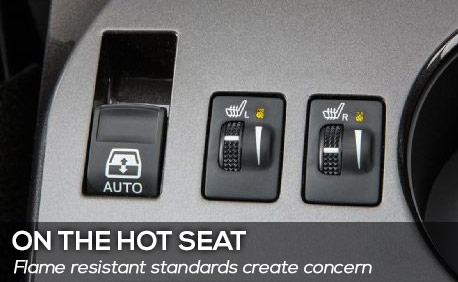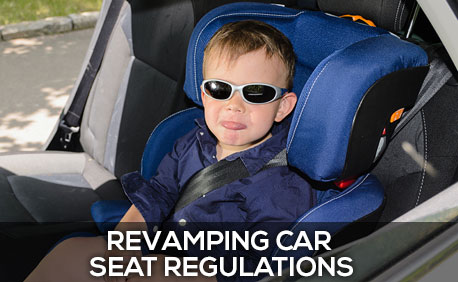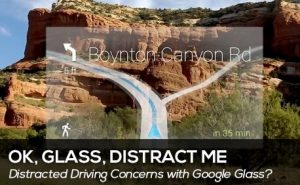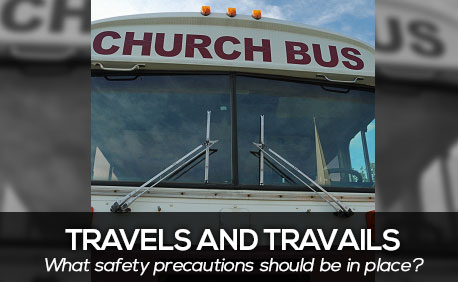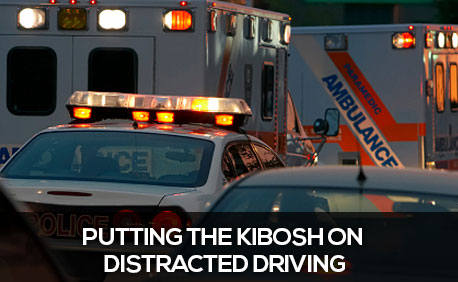British poet Ralph Hodgson wrote, “Time, you old gypsy man, will you not stay? Put up your caravan just for one day.” Time does have a way of getting away from us. And in the spring, most of us dread the day when we will “lose an hour.” I’m talking about Daylight Saving Time and changing our clocks on March 9 so we can “spring forward” on March 10.

That phrase was coined to help us remember whether to set our clocks ahead or back in March. But it’s surely not descriptive of the response most people have to losing an hour of sleep; rather than springing forward, we’re likely to be dragging our wagon.
The physiological processes of living beings – plants and animals – are regulated by our circadian rhythm, a roughly 24-hour cycle. Even small disruptions in one’s circadian rhythm can have measurable adverse affects, such as increasing the chances of cardiovascular events, neurological problems, and accidents – both on the road and in the workplace.
 South Carolina Lawyer Blog
South Carolina Lawyer Blog


